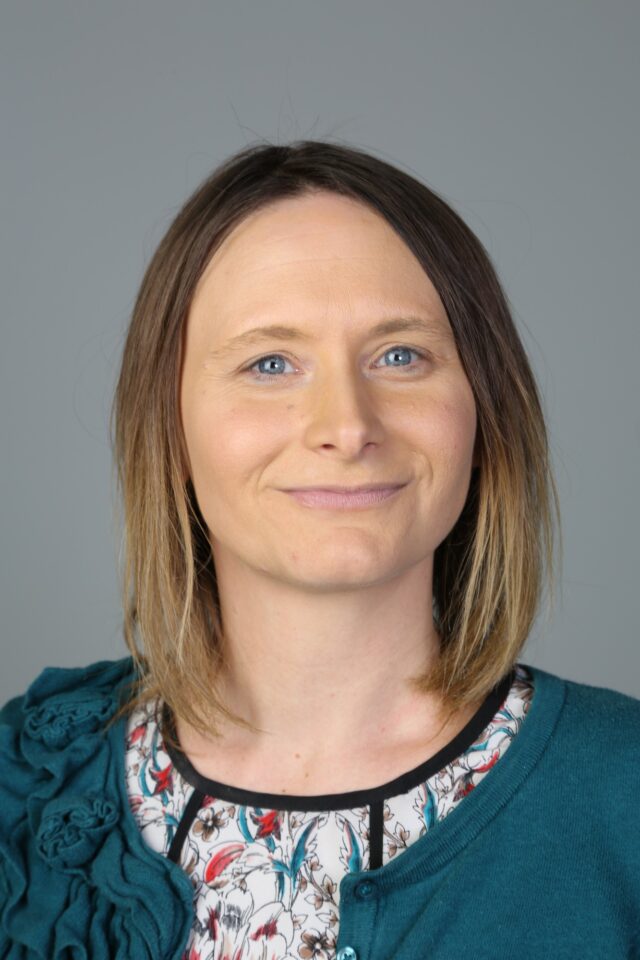By Mackenzie Grizzard | Staff Writer
Dr. Julie Hoggarth is an associate professor of anthropology, noted Mayan archaeologist and recently, a recognized AAAS Fellow. The American Association for Advancement of Science Fellow is a lifetime honor, making Hoggarth among the 471 scientists, engineers and innovators.
“It’s such an honor to be a Fellow of the AAAS,” Hoggarth said. “For me, it’s a lot of gratitude for those who have helped me along the way.”
Hoggarth’s passion for archaeology and anthropology began in high school, when she wrote a book report on the ancient Mayan site of Palenque. That was the initial spark that lit her fire, eventually leading to her Mayan research focus.
“I attended that same field school every summer throughout my entire undergrad experience,” Hoggarth said. “So when I finished my undergrad, I had four summers worth of archaeological experience in Brazil.”
Hoggarth’s fieldwork is focused in western Belize, where she is the acting co-director of the Belize Valley Archaeological Reconnaissance Project. BVAR concentrates on building historic datasets to determine how ancient civilizations responded to drought, food availability and other demographic trends.
“The real beauty of anthropology is an understanding of cultural diversity across time and space,” Hoggarth said. “One of the things I love about being an archaeologist is the ability to write history for those who didn’t write down all the aspects of the past.”
When she’s not digging for ancient ruins, Hoggarth also highlights the importance of supporting local communities in Belize, and how that centers in her research.
“Part of my training with my mentor in Belize has been developing projects that are collaborative, and having some areas where we could give back to the community,” Hoggarth said. “We want to make sure we’re training the next generation of not just international scholars, but more importantly Belizean scholars — it’s important for Belizeans to have that prominence in their own discussion of their history and heritage.”
Off the excavation field, Hoggarth also teaches several classes that intersect with her areas of research.
“I teach a class on ancient civilizations in Meso-america, and I also teach a class on environmental archaeology,” Hoggarth said. “My research is an interface of both those different aspects.”
Hoggarth also hopes to establish a field school at Baylor specifically, to inspire students into the field of archaeology like she was.
“We would be bringing Baylor students down to the field school to expand on what they learn in the classroom to real life,” Hoggarth said. “That’s really the best experience you can get.”
For those interested in pursuing archaeology or anthropology, Hoggarth advises to seek out as much mentorship as possible.
“The more you talk to people, the more opportunities you get,” Hoggath said. “I could never get my research done if it was just me — it’s really everyone working together.”
Liana Donsbach, recent Baylor graduate and former student of Hoggarth, said she is excited to work with Hoggarth again this summer.
“Since I never got to experience her in the classroom, I’m pretty sure I got the better end of the deal because I got to see her in action in the field,” Donsbach said via email. “Her excitement and commitment to the project was contagious.”
Baylor’s anthropology department is yet another facet of the university’s R1 status, and global collaboration, which is another continued focus according to Provost Dr. Nancy Brickhouse.
“We also have empirical work that says — how do we create a world that is accessible to all,” Brickhouse said. “How do we create a world that enables flourishing?”



